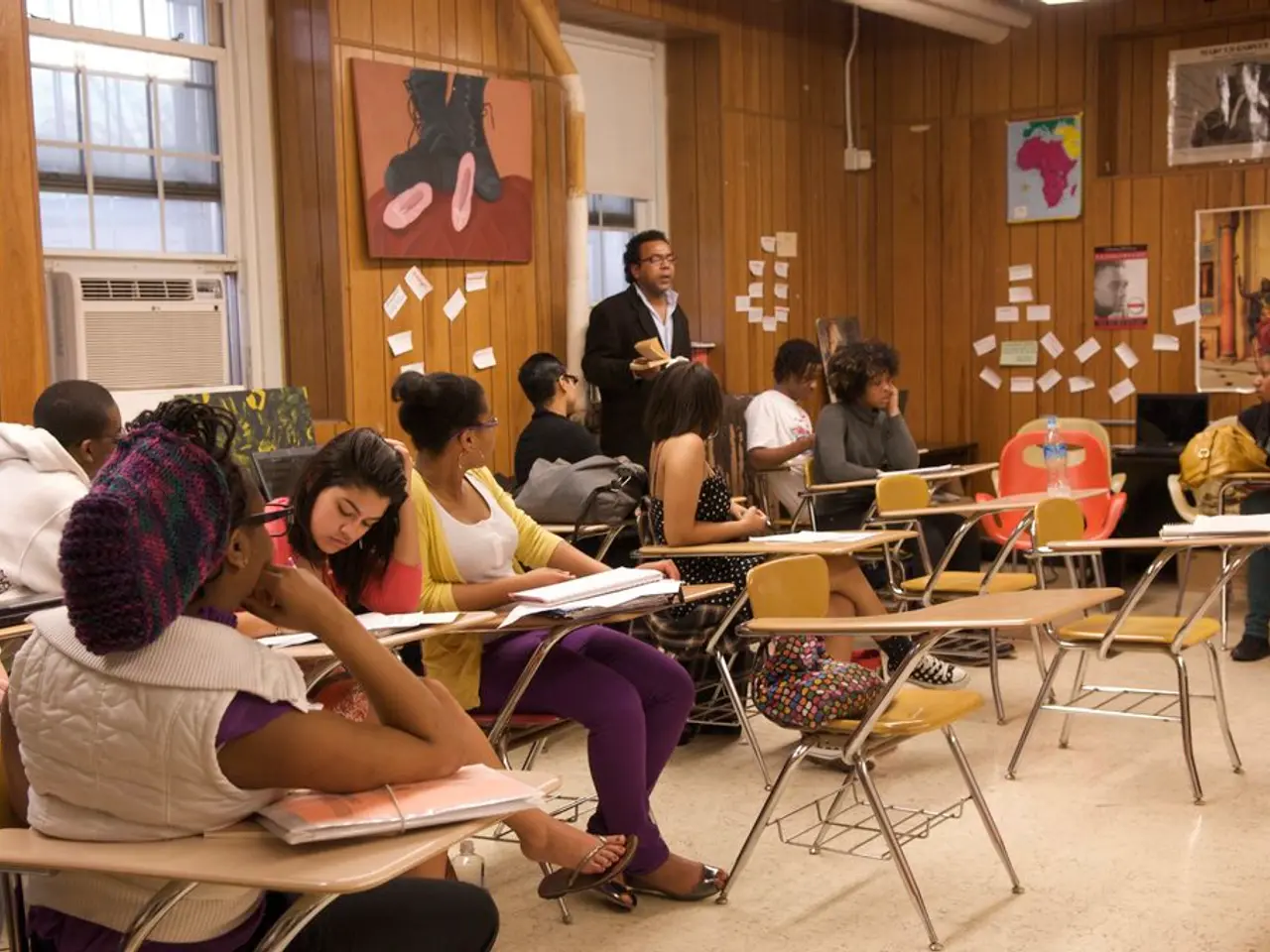Bridge Between Research and Action: Strategies for Eliminating the Gap Between Theory and Practice
Professor Torrey Trust, a Learning Technology scholar at the University of Massachusetts Amherst, has proposed strategies to overcome the long-standing research-practice divide in education. The divide, which often sees scholars conducting research without collaborating with teachers, has been a concern for many years.
Trust believes that K-12 teachers should become active researchers to bridge this gap. She notes that research papers, typically presented at academic conferences and published in top-tier scholarly journals with paywalls, are often inaccessible to teachers. To address this issue, Trust encourages researchers to publish their work in open-access journals and to promote it on social media, through practitioner-focused articles or blog posts.
Moreover, Trust suggests that researchers should collaborate with K-12 teachers to collect data from their own classes, analyze it, make sense of it, and publish the findings. This collaboration would keep K-12 teachers in the loop and empower them to become researchers.
However, Trust acknowledges that teachers often lack the time to sift through jargon-filled research articles. To help with this, she recommends setting up Google Scholar alerts for topics of interest to receive new study notifications. She also advises researchers to write clear, understandable titles and abstracts for their journal articles.
Trust's proposals extend beyond the classroom. She notes that a digital tool might work only in a class where all students have Chromebooks and high-speed wifi at home. In such contexts, even a "proven" teaching method might not work effectively. She emphasises the importance of considering the unique needs and circumstances of each class and school.
Approximately 16% of teachers use research to inform their practice decisions. Trust's strategies aim to increase this percentage by making research more accessible, understandable, and collaborative for K-12 teachers.
In addition to her work at the University of Massachusetts Amherst, Trust is also affiliated with the University of Edinburgh, and her research focuses on the critical medical humanities. She encourages researchers to present their work at conferences that K-12 teachers attend, such as ISTE, NSTA, NCTE, and CUE, as well as through webinars.
Lastly, Trust encourages K-12 teachers to learn how to critically read and examine research. By doing so, they can make informed decisions about which practices and tools to incorporate into their classrooms. This skill set, combined with active research participation, could lead to a more research-informed education system.
Read also:
- Peptide YY (PYY): Exploring its Role in Appetite Suppression, Intestinal Health, and Cognitive Links
- Toddler Health: Rotavirus Signs, Origins, and Potential Complications
- Digestive issues and heart discomfort: Root causes and associated health conditions
- House Infernos: Deadly Hazards Surpassing the Flames








